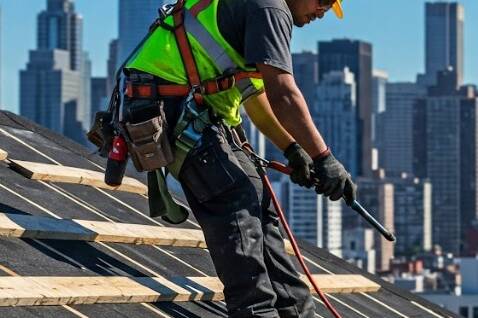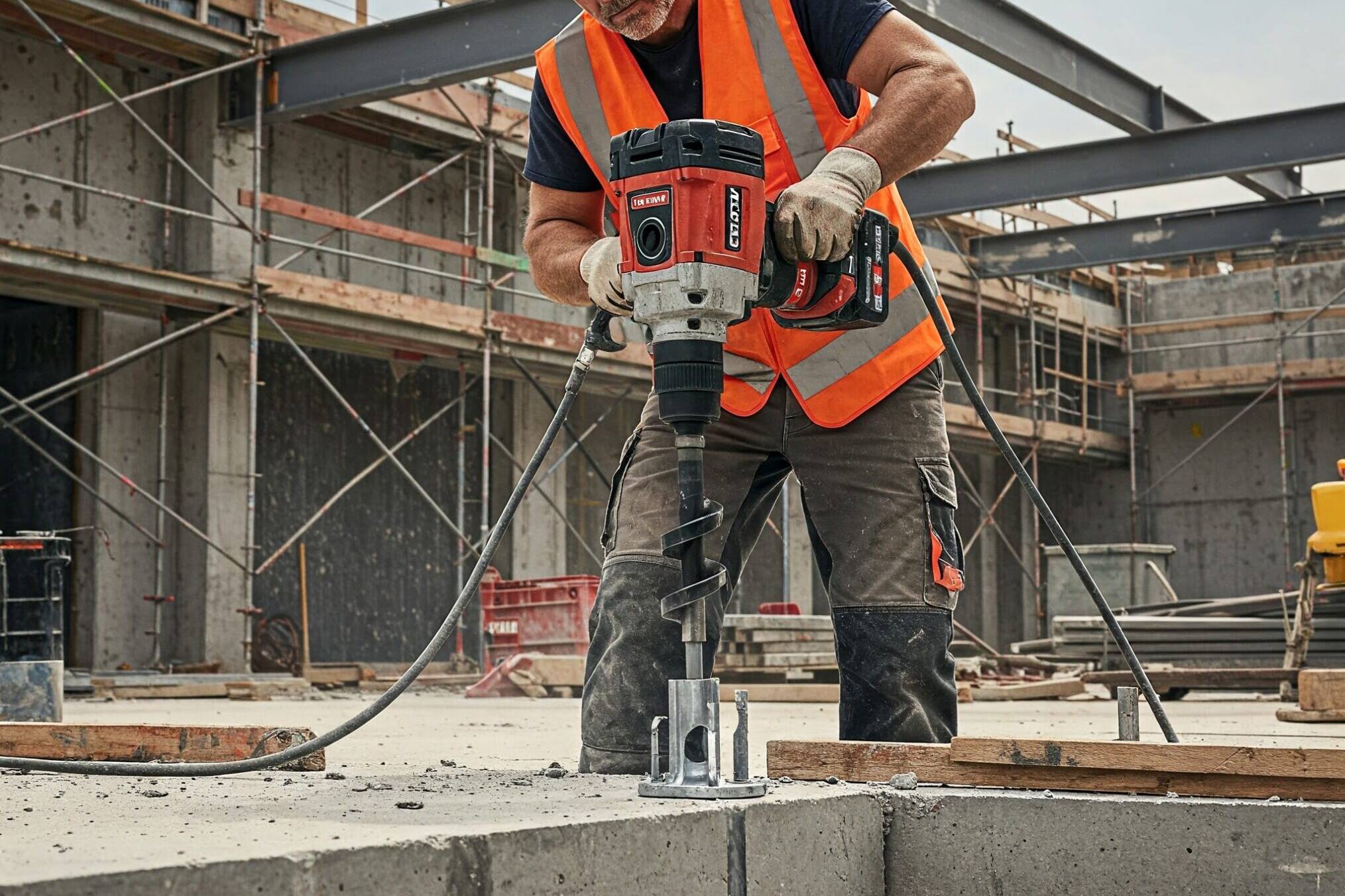At the recent Association of Wall and Ceiling Installers conference, the issue of seismically rated anchors (C1 and C2 anchors) was a hot topic.
In short, it appears that the regulations have changed and instead of the suspended ceiling hangers we are used to, we now have to specify seismically rated anchors that are 4 times bigger and ten times more expensive. From a common sense point of view, this seems to be an overkill. So what’s happening here, and what can we do about it?
Firstly, what’s changed?
Seismically rated anchor regulations in NZ have actually been around a while now. In 2017, an amendment to the NZS 3101 Concrete Standard (amendment 3) included requirements for all post-installed concrete anchors to be designed to European Design Standards (EOTA TR045) and European Test Standards (ETAG 001). The standards written in ETAG 001 set out the basis for using anchors in cracked and uncracked concrete. The scope of ETAG 001 states that C1 and C2 anchors should be specified “when failure of anchorages made with these products would compromise the stability of the works, cause risk to human life and/or lead to considerable economic consequences.” In short, a C1/C2 anchor is rated at a lesser capacity, so that it still works even if it finds itself in a big crack after an earthquake. The difference between C1 and C2 is the size of the crack that the anchor will work in. C2 works in a bigger crack than C1.
NZS 3101, amendment 3 is referenced in the new ceilings standard, AS/NZS 2785: 2020, and so the requirement for C1/C2 anchors has entered the interiors domain. Or has it? There’s currently major regulatory grey areas:
- AS/NZS 2785: 2020 is not cited in the building code, meaning compliance with this standard is not strictly required to comply with minimum building regulations
- ETAG 001 and EOTA TR045 are now superseded in Europe, so are not necessarily considered engineering best practice
And where there are grey areas in the regulations, determination of compliance falls back on “engineering judgement” for design and certification, and “regulator discretion” for consent acceptance. Now these are two phrases that should send shivers down the backs of a QS or PM as they try to lock down a price and a delivery program…
And what to do about it?
With the potential to cause major headaches for designers and installers, we need to discuss this issue soundly across the industry to establish a widely agreed, practical and safe interpretation of the requirements. To help lead this discussion, this is what I’ll be doing:
- Researching the applicability of the NZS 3101 definition to ceiling suspension. My gut feel is that, while seismically rated anchors have plenty of sensible applications, they are over-applied for most suspended ceiling applications. MBIE has recently published a document on Seismic Risk Guidance for Buildings that emphasises “understanding the relative vulnerability of different building elements, and potential consequences of failure of these elements”. I think a similar approach will be useful here.
- Talking to industry to establish an impact statement from the commercial context. What are the likely time and materials implications of this specification change?
- Recommending a new, more balanced paradigm, circulate that amongst the industry for comment, and get it published in the SESOC engineering journal for peer review and legitimacy.
I’d be interested to hear from anyone who has thoughts on this and would like to contribute. Please get in touch if you’d like to be part of this conversation.
Fall Arrest Systems: How Fall Protection Compliance Differs Between Australia and New Zealand
While both Australia and New Zealand adhere to similar fall protection standards, their approaches to enforcement and…
Rethinking Seismic Anchors: A Smarter Approach for Interiors Engineering
Explore how Brevity is leading a smarter approach to seismic anchors in interiors engineering—balancing compliance,…
Navigating Interiors Engineering Challenges in New Zealand’s Education Sector: Key Considerations for Architects
Designing interiors for educational facilities in New Zealand requires a precise balance between safety, functionality,…


